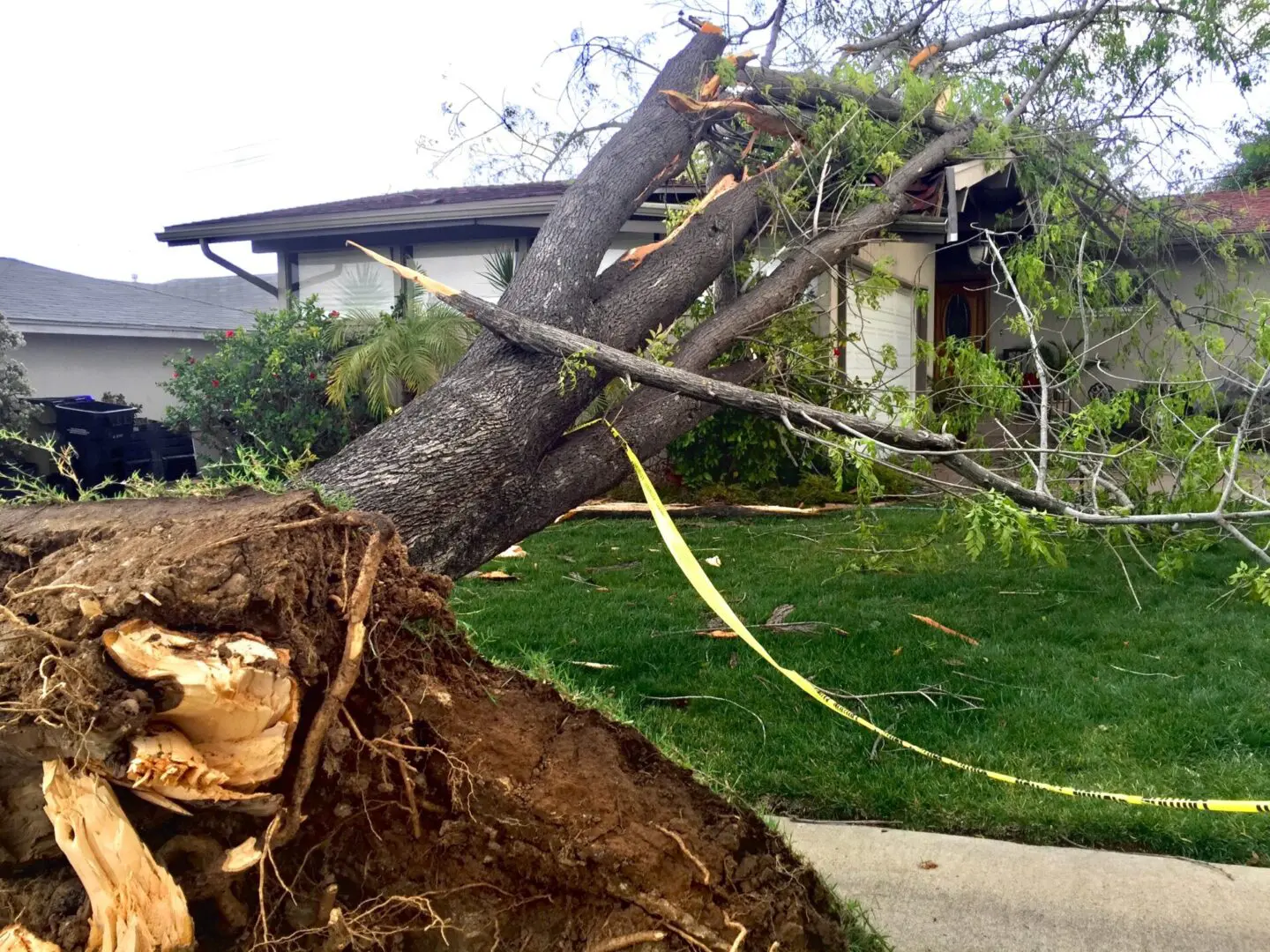Restoring the Safety of Your Roof After Hail, Wind and Storm Damage

As homeowners in Augusta, GA, it is important to understand the potential risks associated with inclement weather and take proactive measures to ensure the protection of our most valuable asset, our homes. In this blog, we will dive into the various types of damage that can occur during severe weather events and provide you with invaluable insights on how to effectively repair and restore your roof back to its optimal condition. From understanding the impact of hail on shingles to navigating through wind blown debris aftermaths, our professional advice will equip you with the knowledge and confidence needed for proper storm damage repair. So let’s start this restoration journey together as we prioritize you and your families safety by restoring your roof against nature’s forces in Augusta, GA.
Signs of Hail, Wind and Storm Damage
Hail Damage
- Look for dents or dimples on your shingles.
- Check for cracks or holes in your roof’s flashing.
- Inspect gutters and downspouts for signs of damage.
Wind Damage
- Examine the edges of your roof for lifted or curled shingles.
- Notice if there are any missing shingle tabs from your roof.
- Pay attention to loose granules in gutters and downspouts as they may indicate wind damage.
Storm Damage
- Check if there are any fallen branches or debris on your roof.
- Observe interior water stains on ceilings or walls caused by leaks.
- If you have an attic, look for signs of moisture like mold, mildew, or rotting wood.
How to Assess the Extent of the Damage to Your Roof
Inspecting your roof after a hail, wind, or storm event is crucial to assess the extent of damage and determine the necessary repairs. Here are some effective inspection and evaluation techniques:
Exterior Visual Inspection: Start by examining your roof from the ground level. Look for any obvious signs of damage such as missing or damaged shingles, loose flashing, or dented gutters.
Roof Walk Through: Carefully climb onto your roof using proper safety precautions if accessible. Inspect each section closely for granule loss on shingles, cracks, splits, or punctures in flat roofs, as well as any noticeable leaks or water stains.
Interior Examination: Check your attic for water stains or damp spots on ceilings and walls which may indicate leaks caused by roofing damage. Pay attention to any musty odors that could point towards mold growth resulting from moisture penetration.
Professional Assessment: If you’re unsure about conducting a thorough inspection yourself, contact a professional roofing contractor who can provide an expert evaluation and recommend appropriate solutions to repair any damages found during their assessment.
Remember that accurately assessing the extent of damage is key in determining the scope of repair work needed to restore both safety and integrity to your roof following hail, windstorms, or severe weather events.
Repairing a Damaged Roof After a Tough Storm
Tools for Repairing Hail, Wind, and Storm Damage
- Safety equipment: Before starting any repair work, ensure you have the proper apparel and safety gloves, goggles, and a sturdy ladder to prevent accidents.
- Roofing hammer: This essential tool allows you to remove damaged shingles or nails that are causing leaks.
- Pry bar: Perfect for removing damaged flashing or other roofing materials without causing further damage.
- Utility knife: Use this tool to cut and shape new material as needed for repairs.
Materials Needed for Repairing Damaged Roof
- Shingles: Purchase extra shingles in the same style and color as your current roof to seamlessly blend the repaired area with the rest of your roof.
- Tarps or waterproof sealant: These materials can be used temporarily to cover any exposed areas until permanent repairs can be made.
- Flashing and sealants: Replace any cracked or missing flashings around chimneys, vents, or skylights. Apply sealants where necessary for added protection against future leaks.
Techniques for Successful Damage Repairs
- Start by examining your entire roof thoroughly to identify areas that need repairing. Take note of loose shingles or flashing that needs replacement.
- Remove debris carefully from the roof surface using a broom or blower before making any repairs so you have a clean workspace
- Begin by replacing any damaged shingles one at a time using roofing nails driven into their designated spots on the sheet below them. Make sure all edges are properly aligned.
- For larger patches of damage on flat roofs use tarps secured tightly over affected areas until professional help arrives if necessary.
Hire R.L. Hayes to Restore the Safety of Your Roof in Augusta, GA
In conclusion, promptly repairing your roof after a storm is a key aspect of ensuring the longevity and functionality of your home in Augusta, GA. By inspecting and maintaining your roof after hail, wind, and storm damage, you can identify and address potential issues before they become major problems. This can save you time, money, and headaches in the long run. Knowing what to look for after a storm in Augusta, GA, these tips will help you extend the life of your roof and improve its performance over time. Addressing the problem early is crucial in the repair process. Be sure to have R.L. Hayes Roofing & Repairs restore your roof to normalcy after harsh weather conditions. If you live in or around Augusta, GA, contact us today to get a quote.
R L Hayes Roofing & Repairs
3540 Wheeler Rd Ste 103
Augusta, GA 30909
(706) 869-1193
https://rlhayes.com/
